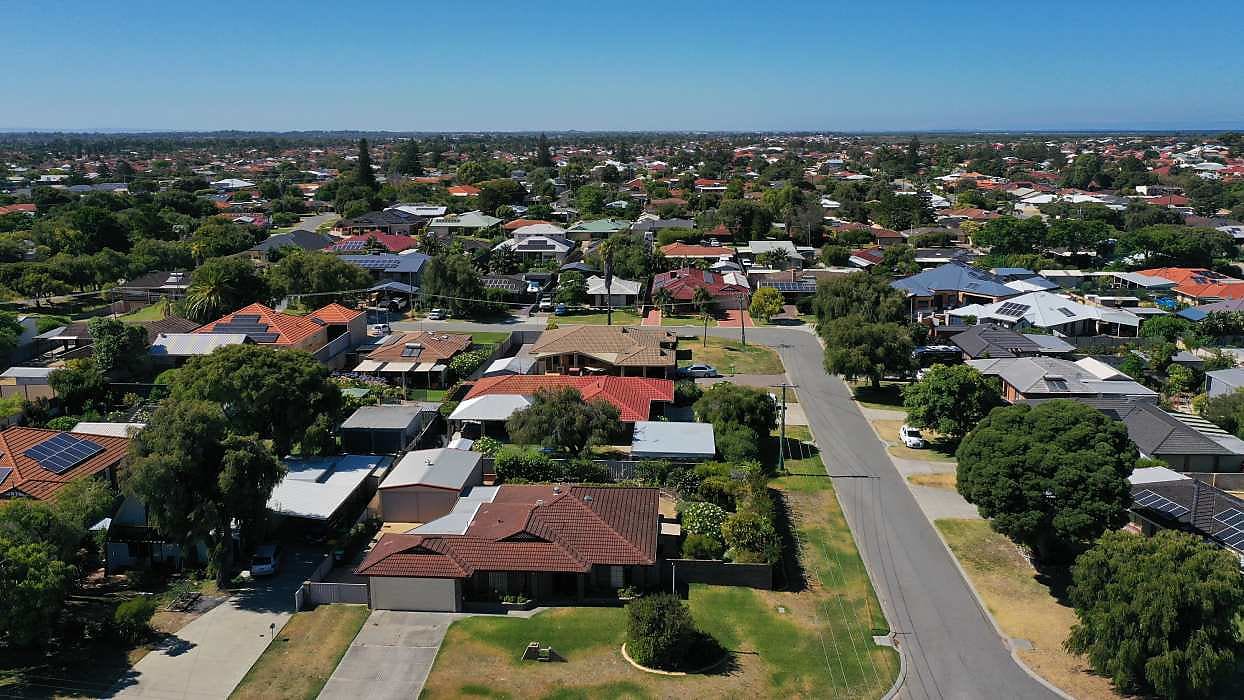Australian residential property hits record $11tn valuation
Dwelling values have increased across four capital cities during the month and propelled the total value of Australia’s residential real estate to a new high.

CoreLogic’s Monthly Housing Chart Pack for October has revealed that the total value of Australia’s residential real estate has surged to an unprecedented $11 trillion, increasing by $900 billion over the past 12 months.
Even with this growth, national home values edged up by only 1 per cent during the September quarter, marking the weakest quarterly rise since the three months leading up to March 2023.
The annual pace of growth in dwelling values also slowed to 6.7 per cent, down from the recent high of 9.7 per cent recorded over the 12 months to March of this year.
Speaking on these findings, CoreLogic Australia economist Kaytlin Ezzy linked the reduction in price growth to a rise in property listings and increasingly cautious behaviour among buyers.
“While the market remains resilient in many areas, the pace of growth more broadly has clearly decelerated. Buyers and investors are becoming more cautious, and the current lending environment is leading to more measured purchasing decisions,” she said.
Capital city values decreased by 6.7 percentage points over the 12 months leading to September, this pace of growth slowing compared to the recent high of 9.7 per cent recorded in the 12 months to March.
Perth’s dwelling values are currently at a record high, with the city recording the largest annual growth of all the capitals at 24.1 per cent, which Corelogic attributed to the consistent demand and limited supply within the city’s market.
Adelaide’s values also reached a new record level and took out the second place prize for annual growth among the capital cities as they rose by 14.8 per cent over the year.
Brisbane and Sydney also both achieved new record highs, recording annual growth rates of 14.5 per cent and 4.5 per cent respectively in the 12 months leading to September of this year.
Contrastingly, dwelling values in Melbourne and Hobart both fell over the year by -1.4 per cent and -1.1 per cent respectively to now sit 5.1 and 12.5 percentage points lower than their previous record highs recorded in March 2022.
Auction volumes and sales
CoreLogic reported that new listing volumes have significantly increased over the quarter, with the 2.1 per cent rise to 42,479 new listings recorded over the four weeks to 6 October representing the strongest opening to the spring selling season since 2021.
Total sales volumes have slightly diminished from the previous 12 months, with CoreLogic estimating there were 522,317 sales in the 12 months to September, a decline from the 524,442 recorded over the year to August.
Explaining this reduction in sales, Ezzy commented that the year-on-year increase in new listing volumes contributed to a deceleration in value growth as a result of the market’s absorption of the additional stock.
Nonetheless, the economist highlighted the 10.5 per cent growth in annual sales activity and 6.5 per cent growth above the previous five-year average as an indication that “there’s still solid buyer demand despite changing market conditions”.
“As we move through spring, we’re likely to see further moderation in value growth as new listings continue to rise, providing some relief for buyers who have faced intense competition over the past year,” Ezzy said.
Demographics of buyer demand
The report also observed that investors made up a significant proportion of the strong buyer demand over the quarter, comprising 38.6 per cent of new loan commitments which registered as the highest portion since 2017.
This rise in activity has occurred as national rental growth stalls, with the 0.1 per cent quarterly rent increase marking the lowest rate in four years.
CoreLogic also stated that gross rental yields have contracted to 3.68 per cent, down from 4.1 per cent a year earlier, signalling affordability constraints for tenants.
Ezzy said that this increased investor activity likely stems from a combination of factors such as “perceived opportunities for capital gains and tighter rental market conditions driving potential yield growth”.
“Along with capital gains, some investors are recognising the potential for long-term rental income growth, even as rental yields compress. The increase in available stock is also providing more opportunities for investors to enter the market, which wasn’t the case during last year’s constrained conditions,” she said.
Nevertheless, the economist warned that this trend may place further pressure on capital city markets with already limited supply levels and could also “intensify competition for other buyer groups, such as first home buyers who remain active in the market”.
